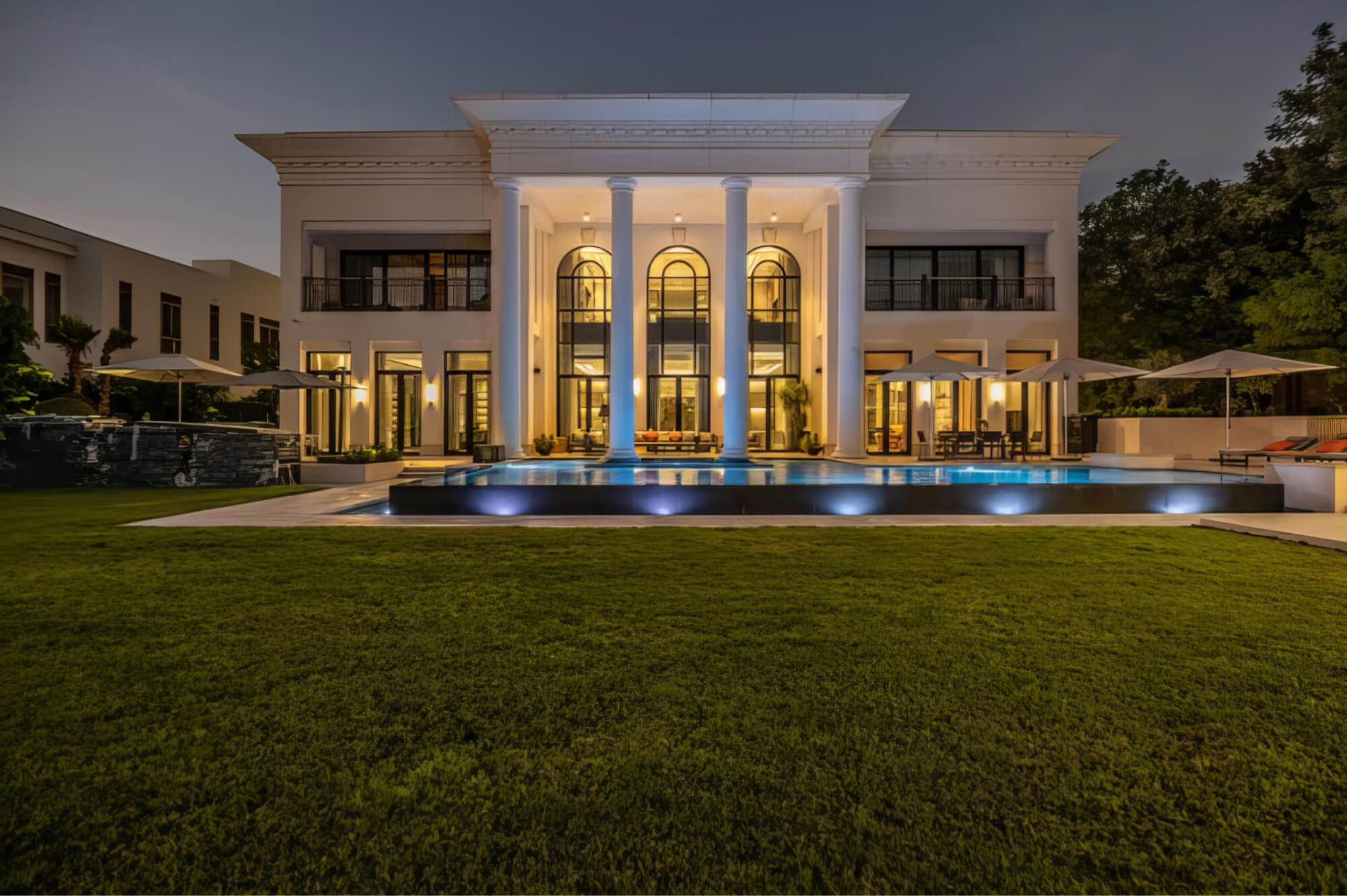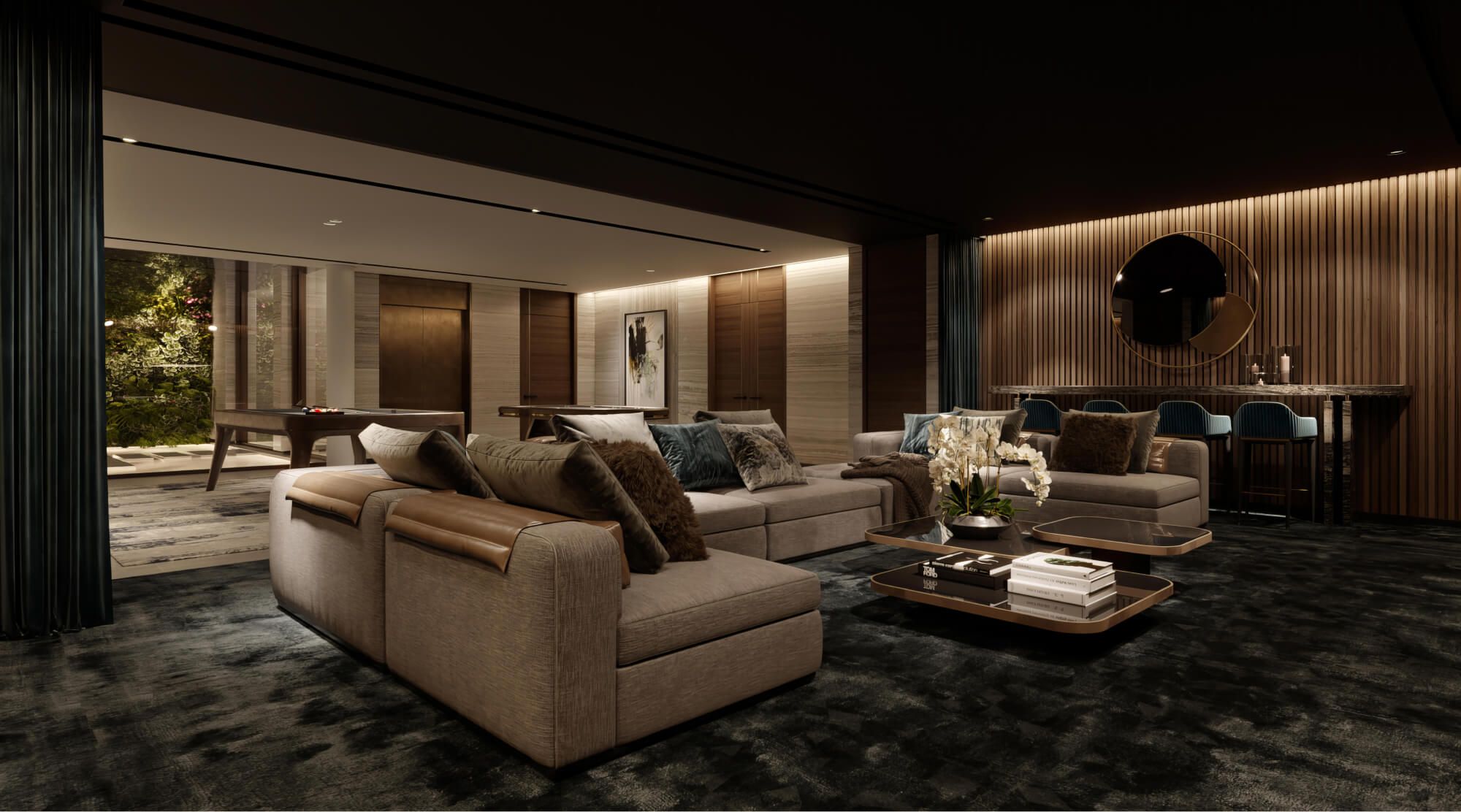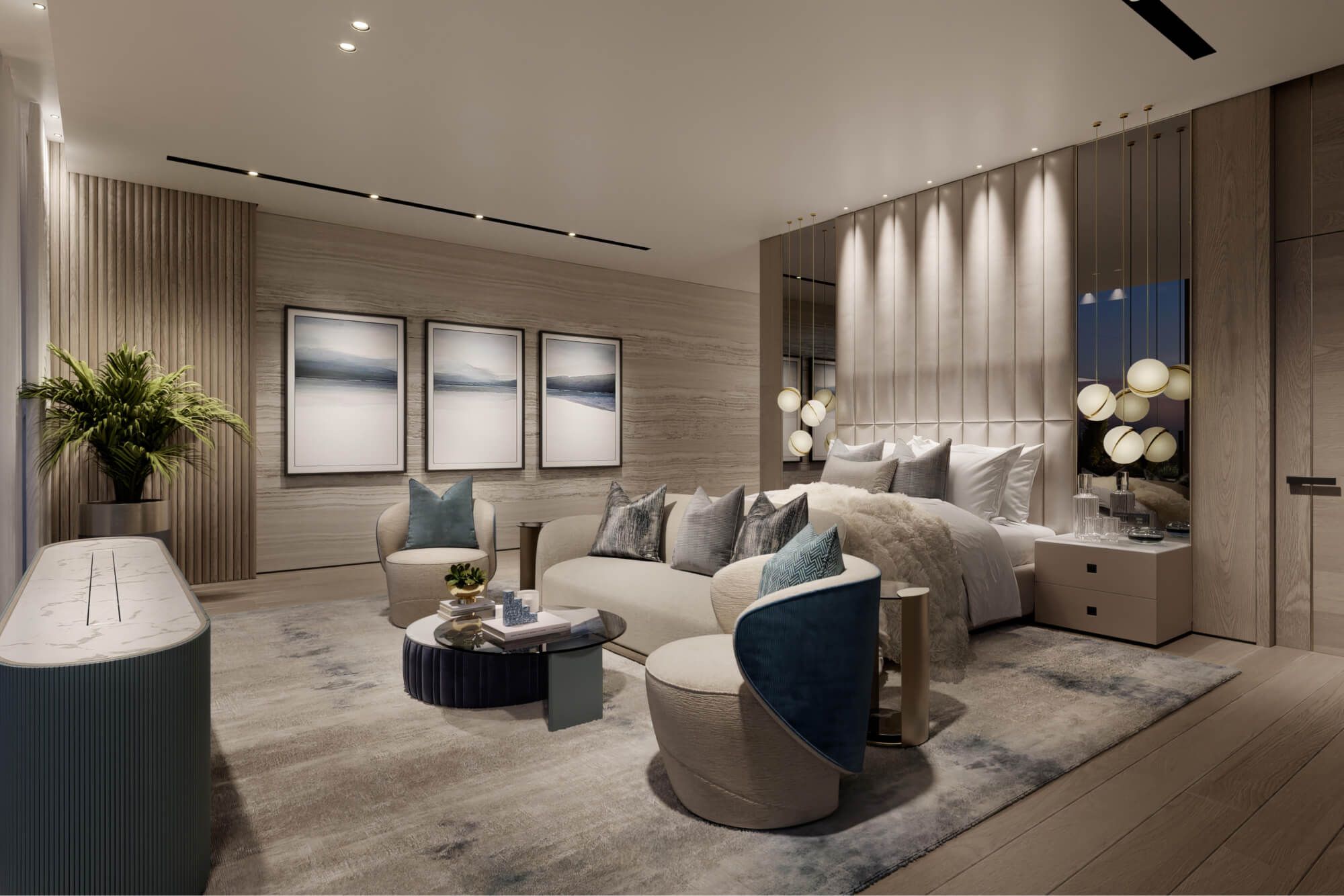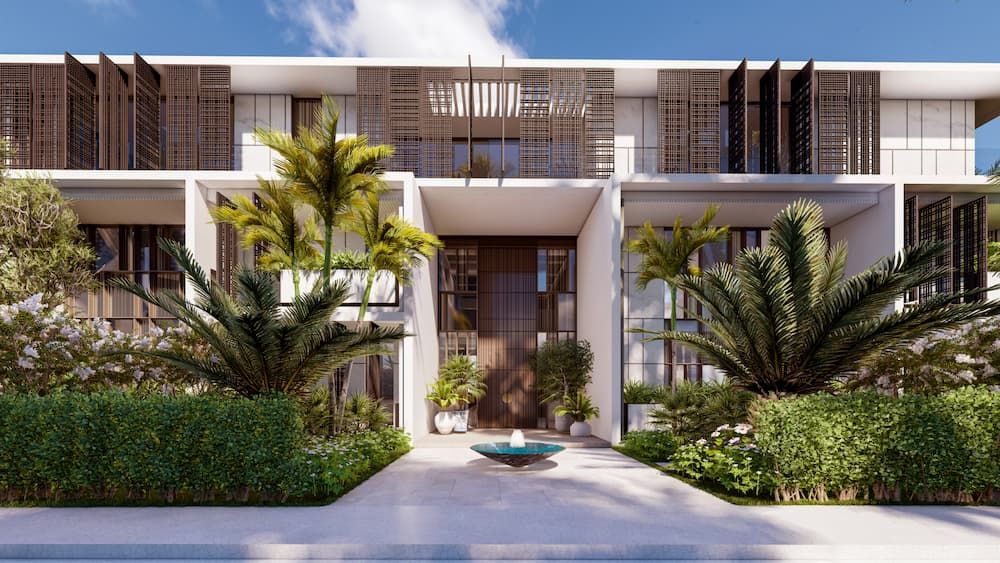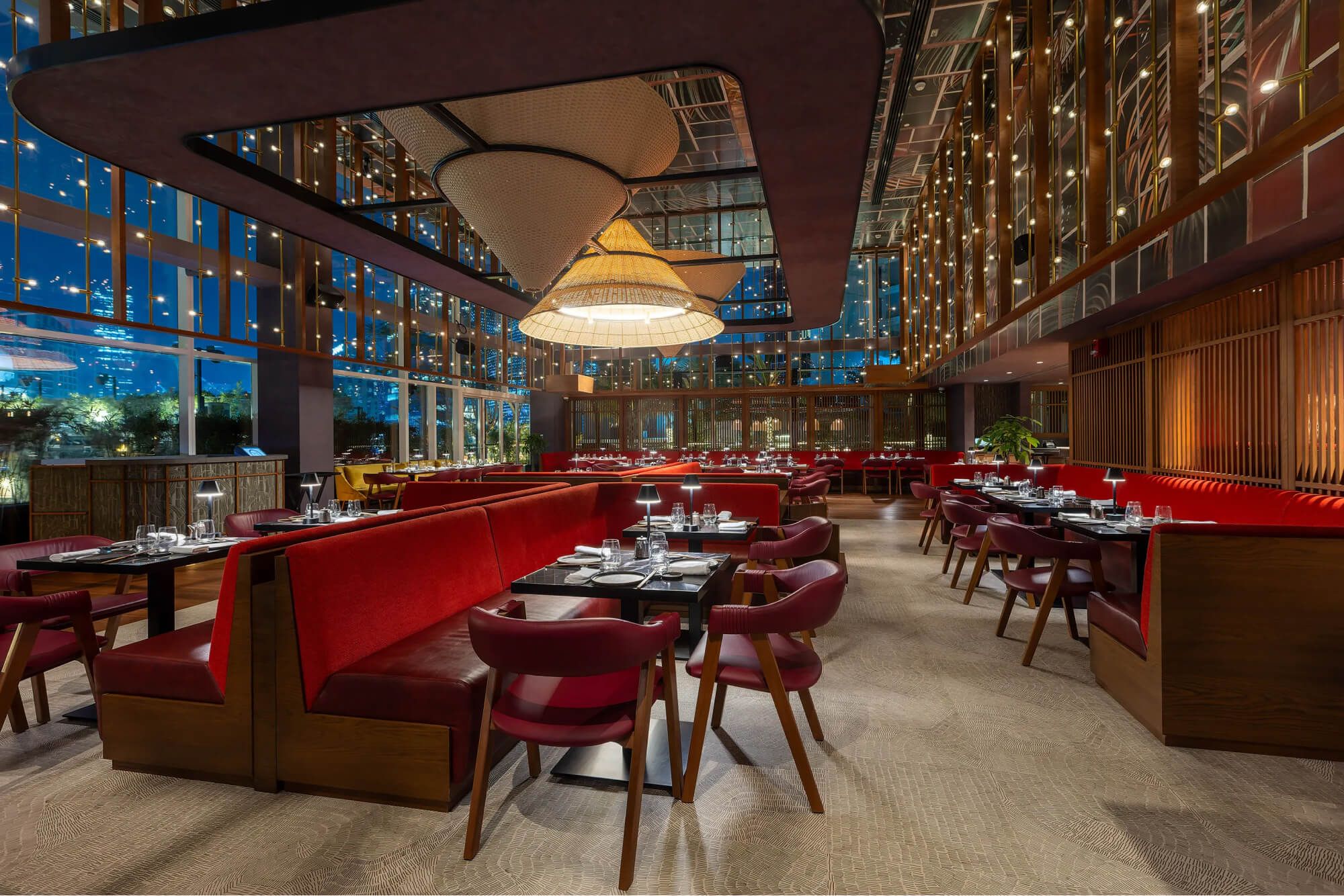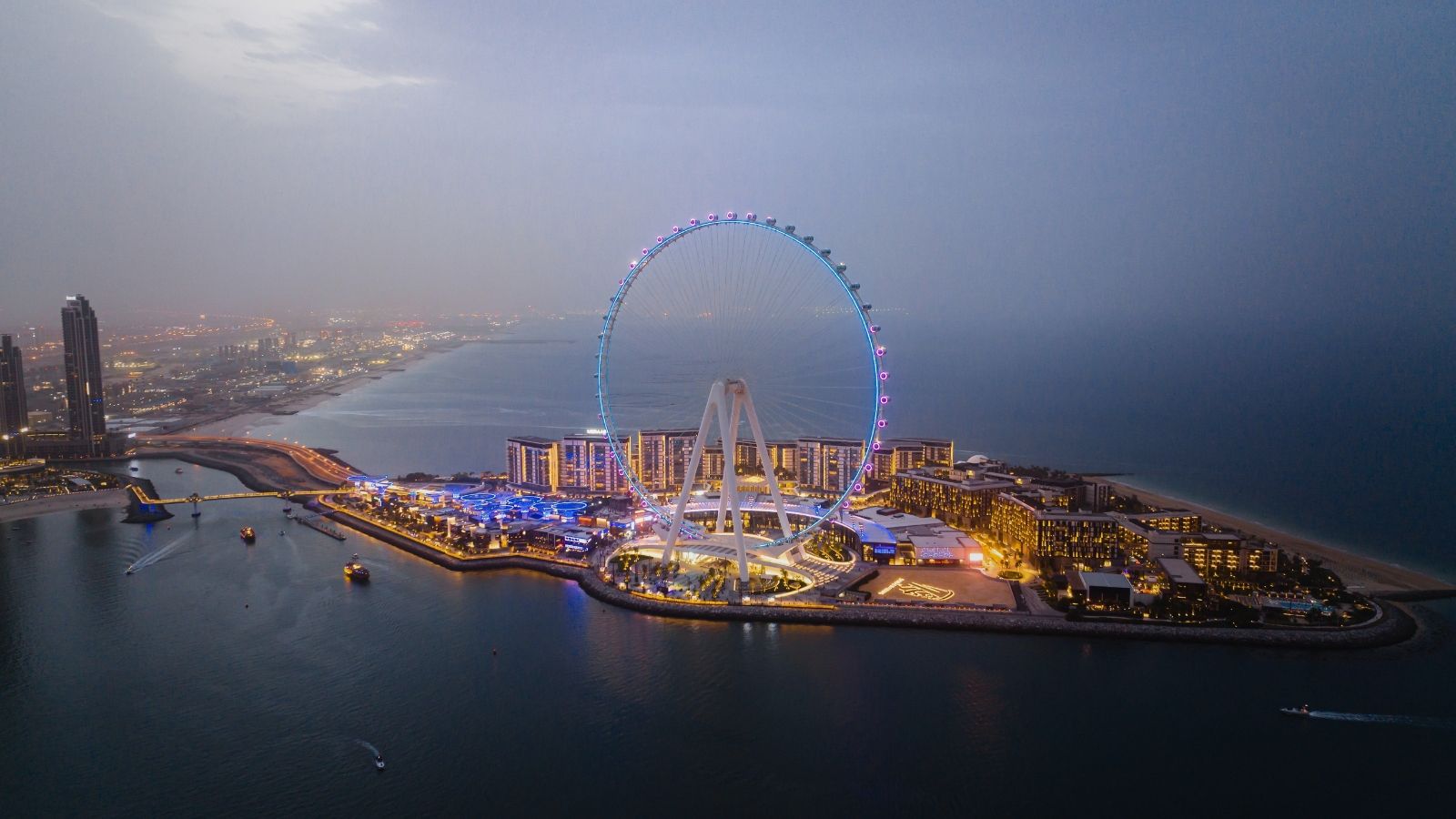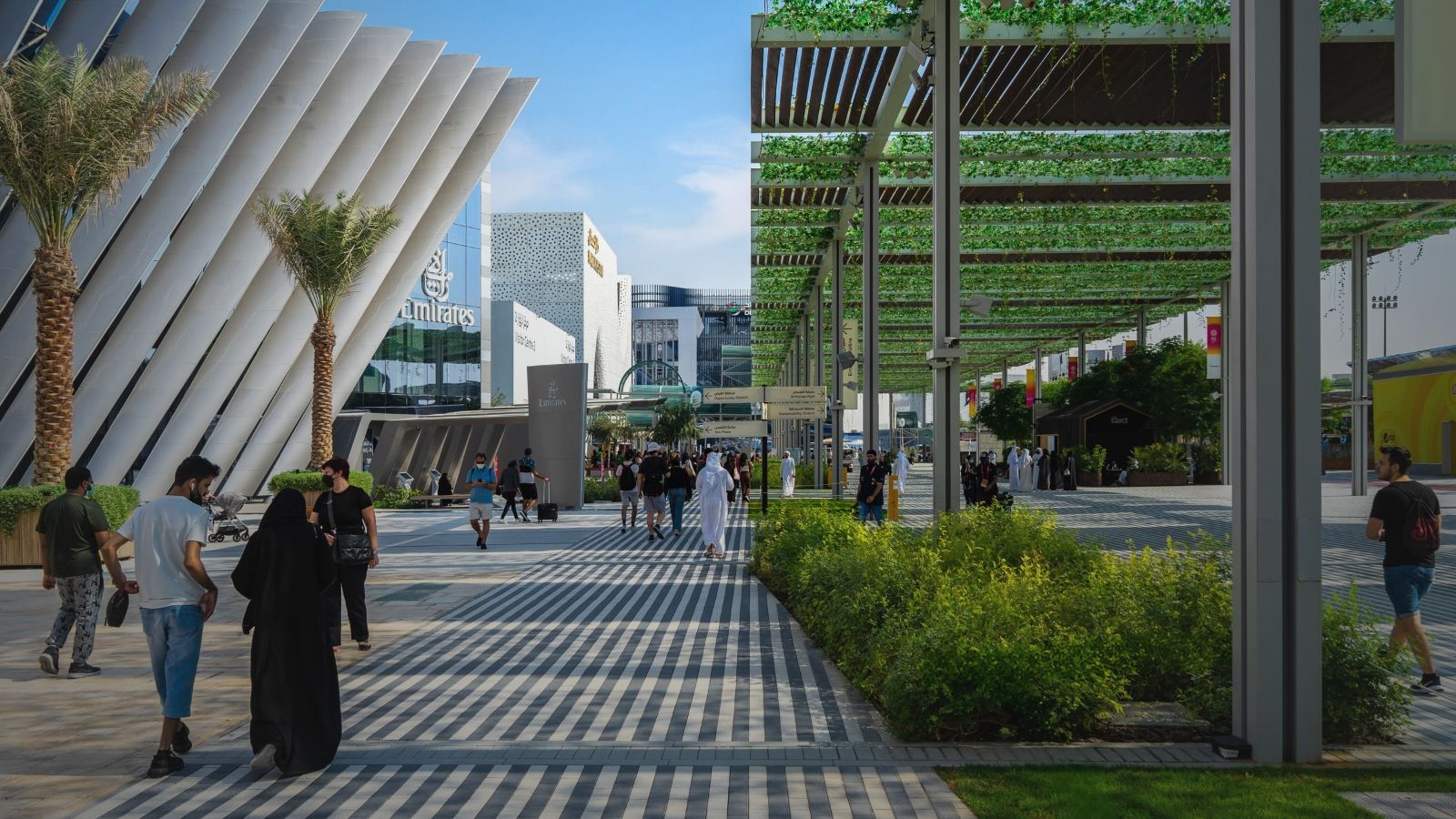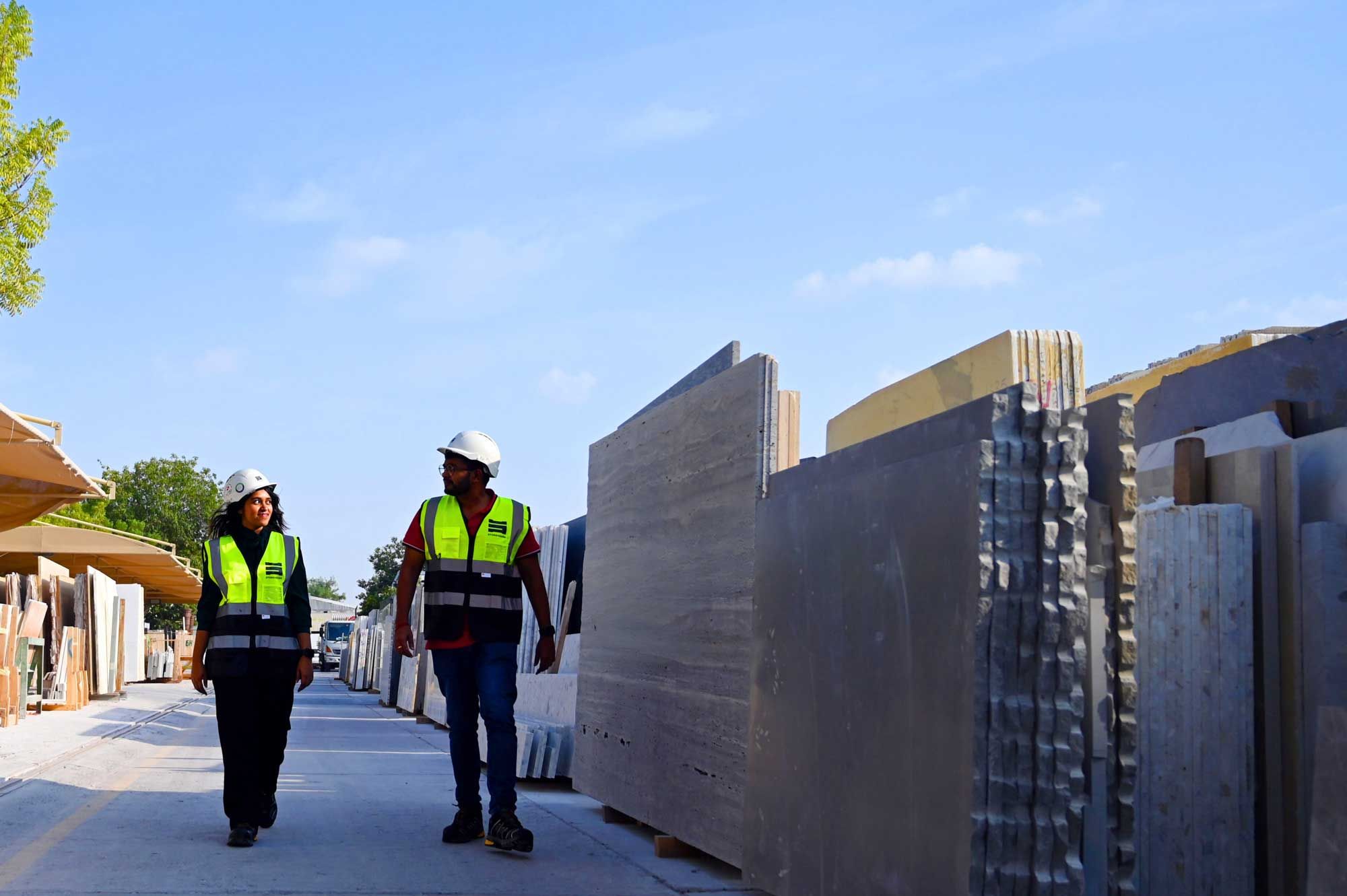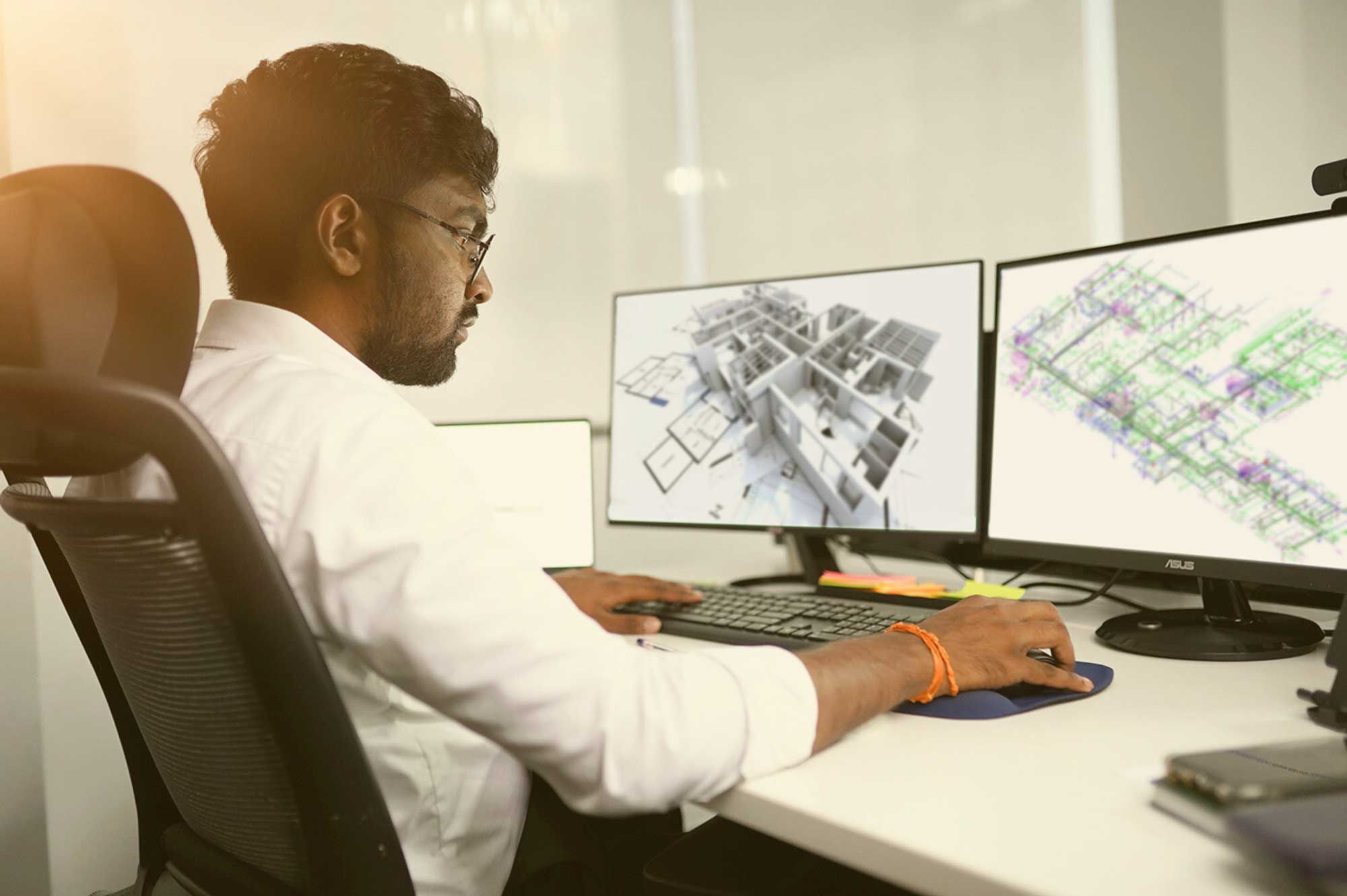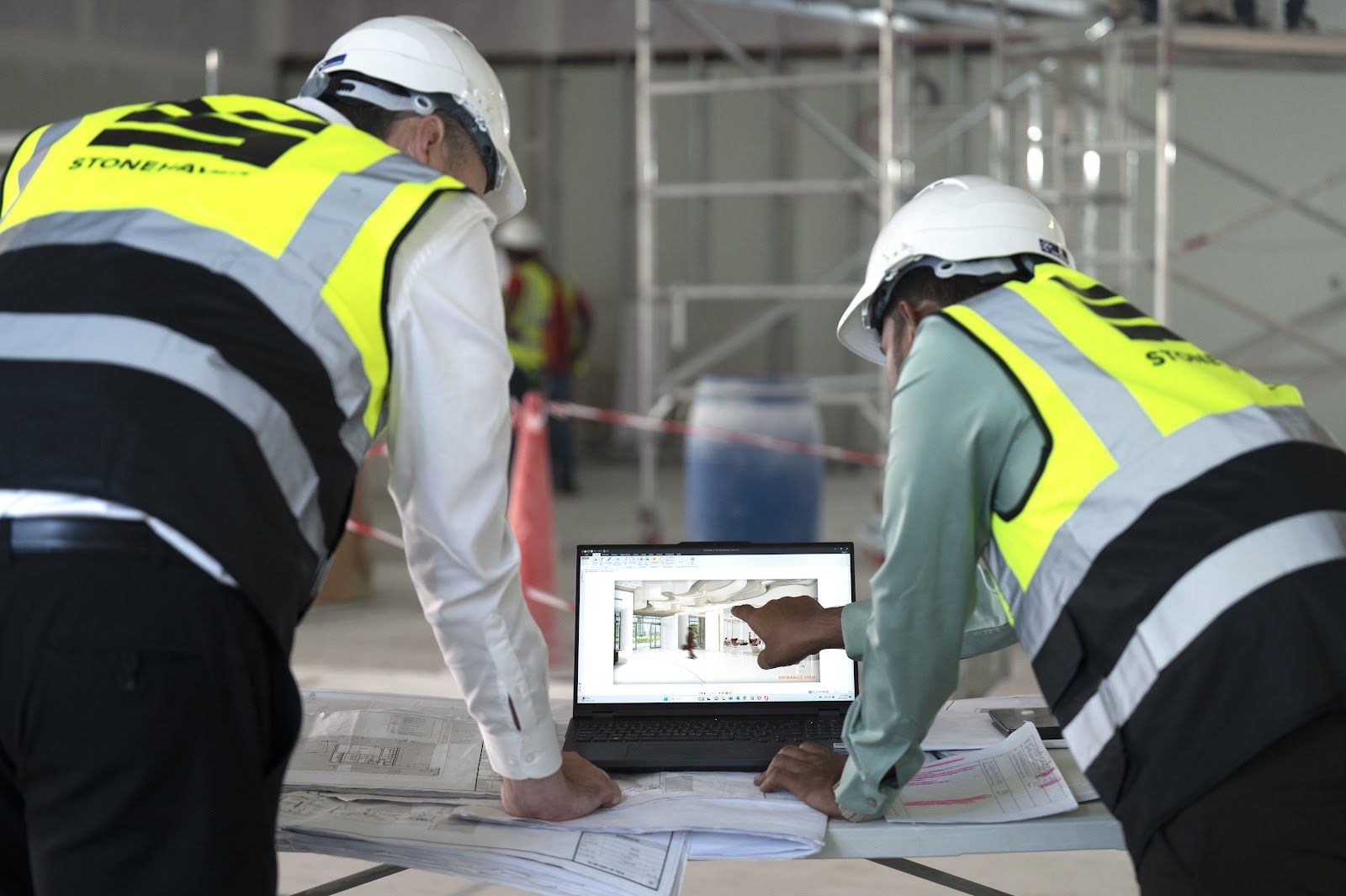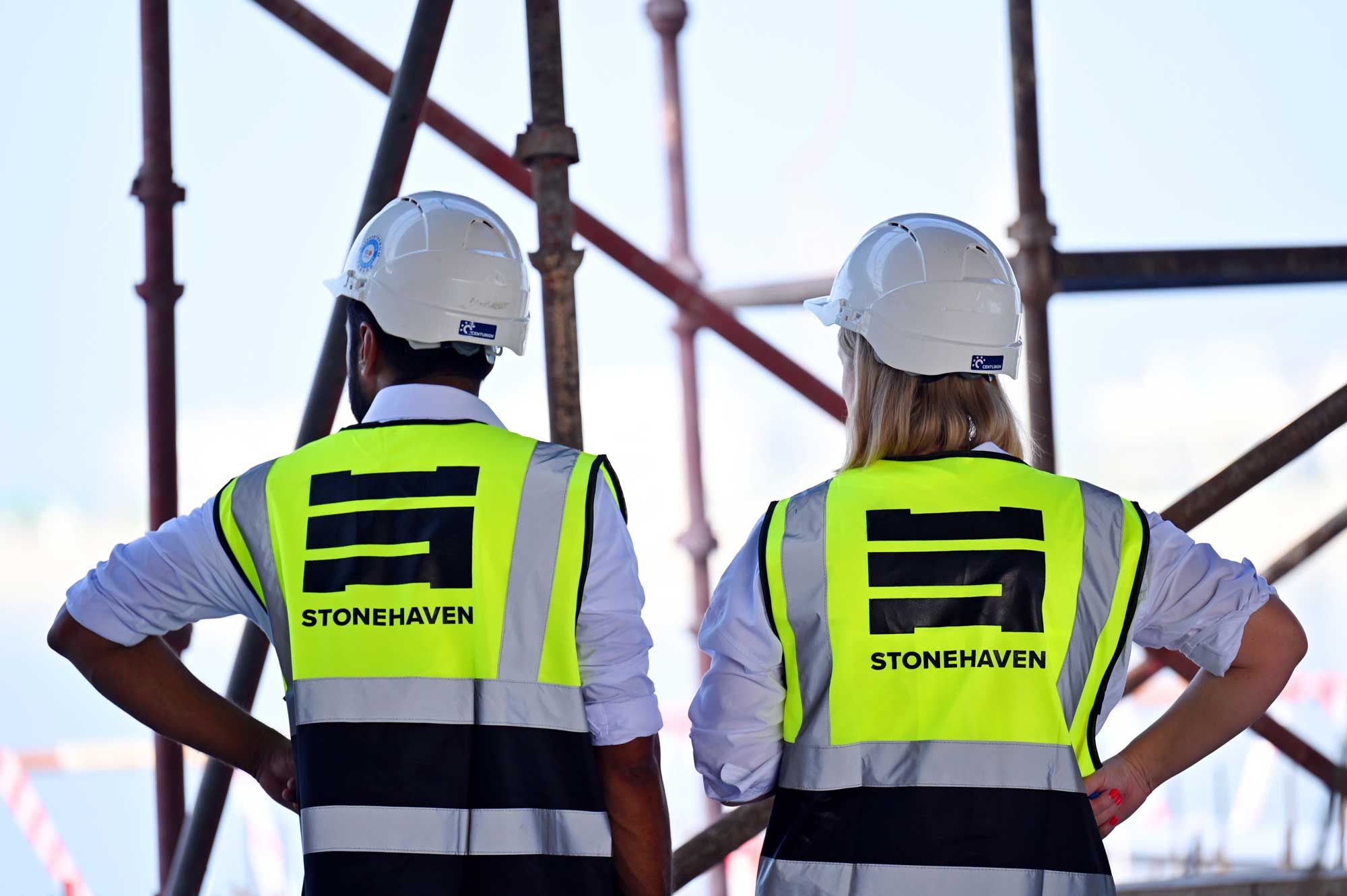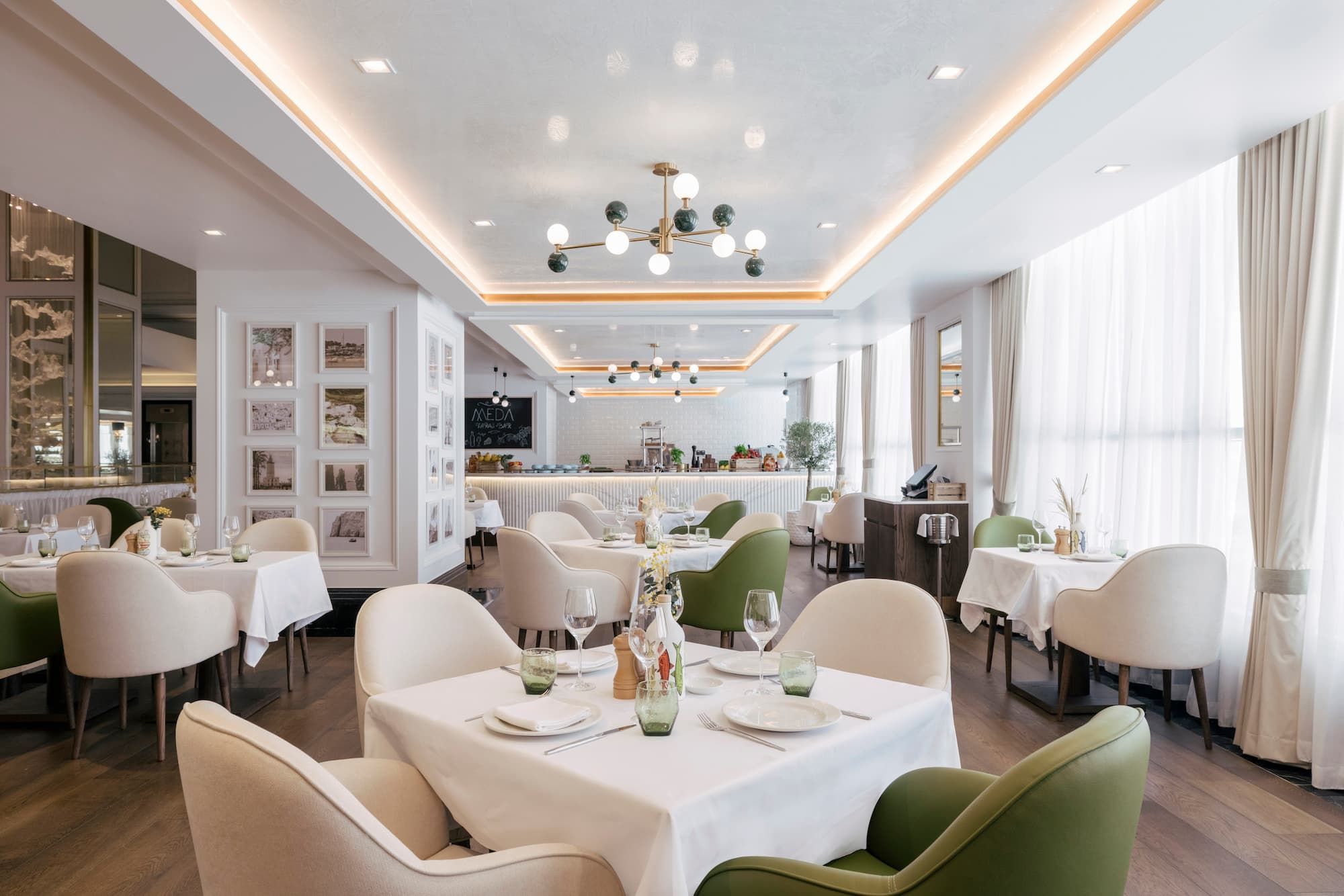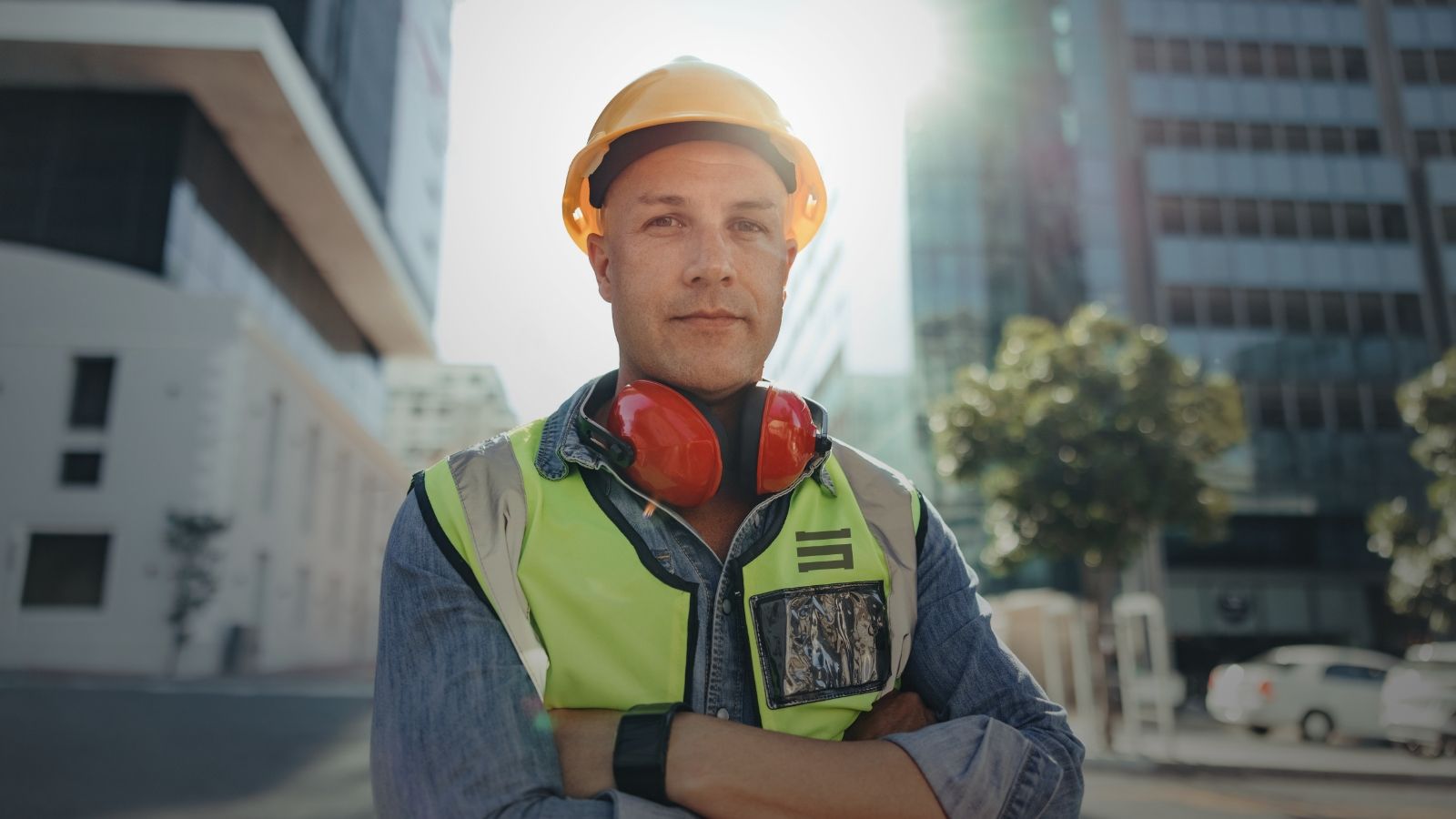In a region once defined by its desert dunes and pearl-diving heritage, the United Arab Emirates (UAE) has emerged as a global capital for luxury, innovation, and experiential tourism. The skylines of Dubai and Abu Dhabi are now studded with architectural marvels, cultural beacons, and, crucially, theme parks that rival the best in the world. These destinations are not merely designed for thrill; they are integral to the nation’s blueprint for economic diversification, cultural diplomacy, and real estate growth.
In today’s world of post-pandemic travel and rising consumer demand for immersive experiences, tourism is no longer about sightseeing, it's about being transported. Theme park developers are at the very heart of this transition. They are reimagining what leisure means in the Gulf, turning undeveloped plots into destination districts that draw millions of tourists and billions in investment. These parks are multi-functional catalysts: real estate anchors, cultural exports, talent magnets, and engines of soft power.
But behind every giant animatronic and architectural spectacle is a deeply strategic development ecosystem. One that fuses construction management, storytelling, infrastructure planning, and high-stakes investment.
This article explores how theme park developers have reshaped the UAE’s approach to tourism infrastructure, real estate value, hospitality design, and urban planning. Using Yas Island as a lens, with its celebrated Ferrari World and the upcoming Disneyland Abu Dhabi, we uncover the ripple effects of entertainment mega-projects on urban ecosystems across the United Emirates. Whether you're a developer, investor, or urban planner, understanding the nexus between entertainment and construction is key to thriving in the region’s next phase of growth.
Who is a Theme Park Developer?
A theme park developer is far more than a contractor assembling thrilling rides. They are world-builders, creating layered environments that balance spectacle with structure, fantasy with functionality. These developers drive every aspect of project evolution, from the early-stage narrative concept to spatial planning, technical detailing, construction, and operations modeling. In effect, they create cities within cities.
In the UAE, where the government has positioned tourism as a foundational pillar of its Vision 2031 strategy, theme park development is not just a business, it’s a nation-building exercise. Developers are at the forefront of this vision, collaborating with international entertainment giants like Disney, Warner Bros., and LEGOLAND to create immersive destinations that fuse global storytelling with local identity.
In more recent news, the Walt Disney Company, in partnership announced plans for its first Middle East theme park on Yas Island. This will be Disney's seventh global theme park, blending Disney storytelling with Emirati culture.
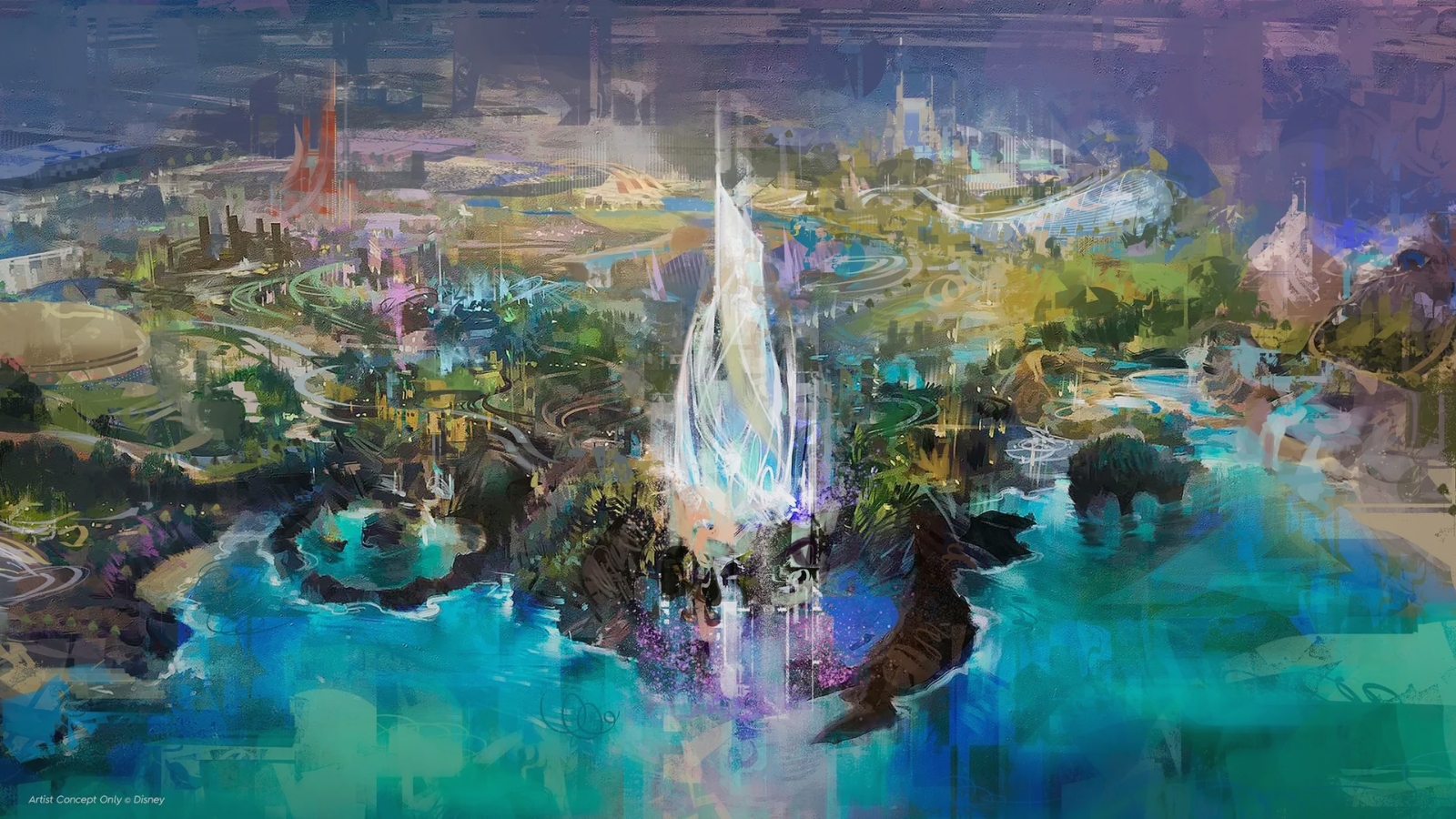
Image Courtesy of - Wikipedia
These strategic partnerships reflect a broader national ambition: to transform the Emirates into a premier destination for leisure, culture, and experiential tourism. The economic momentum behind this effort is clear. According to the UAE Amusement Parks Market Outlook (2024–2030), the sector generated a staggering USD 2.87 billion in revenue in 2024 alone, with projections estimating it will surge to USD 4.48 billion by 2030. This growth underscores how integral theme park developers are, not just to entertainment, but to economic diversification, urban infrastructure, and the UAE’s international soft power strategy.
But what truly defines success in this space is not the rides, it’s the coordination. Development management firms oversee complex timelines, multi-agency approvals, stakeholder alignment, and the integration of ESG metrics, guest flow modeling, and public infrastructure. Firms like Stonehaven ensure that theme parks aren’t just spectacular, they’re structurally sound, commercially viable, and socially relevant.
This is where the role of a development manager becomes indispensable. They coordinate architects, engineers, cost consultants, regulators, IP licensors, and cultural heritage consultants. Their task? To transform creative vision into a built reality that can withstand economic shocks, environmental shifts, and ever-evolving guest expectations.
The development of a theme park in a region like the UAE is ultimately an act of place-making. It's not just about building destinations, it’s about engineering identity, memory, and meaning on a national scale.
What is Tourism Infrastructure?
Tourism infrastructure refers to the totality of systems, structures, and services that make a tourist’s experience not only possible but memorable, repeatable, and profitable. It includes transport (airports, roads, trams), accommodations, entertainment zones, power and water infrastructure, communication systems, safety protocols, signage, and more. In a digitally connected world, it also includes data flows, Wi-Fi grids, and crowd monitoring technologies.
The UAE, perhaps more than any other country in the Middle East, has embedded tourism infrastructure into its long-term city-making strategies. This is especially visible in how entertainment zones are developed, not as isolated hubs but as integrated, networked ecosystems. Yas Island, for example, was designed not only to host Ferrari World and Warner Bros. World but to link them to high-end hotels, residential districts, schools, retail avenues, public transport, and even mangrove parks.
Theme parks act as amplifiers within this system. Because they attract large, consistent volumes of footfall, they justify, and accelerate, the creation of surrounding infrastructure. Each ride is essentially a trigger for hotels, roads, parking systems, security frameworks, and hospitality services. These parks also create opportunities for job training, local SME participation, and public-private partnerships, which all feed into broader national development goals.
More recently, sustainability has become a core part of tourism infrastructure. Parks like SeaWorld Abu Dhabi have been built to LEED standards, integrating solar power, greywater recycling, and smart HVAC systems. Development management now must include ESG reporting, energy modeling, and resilience planning in their scope of services.
How Do Themed and Entertainment Projects Impact Hospitality and Tourism?
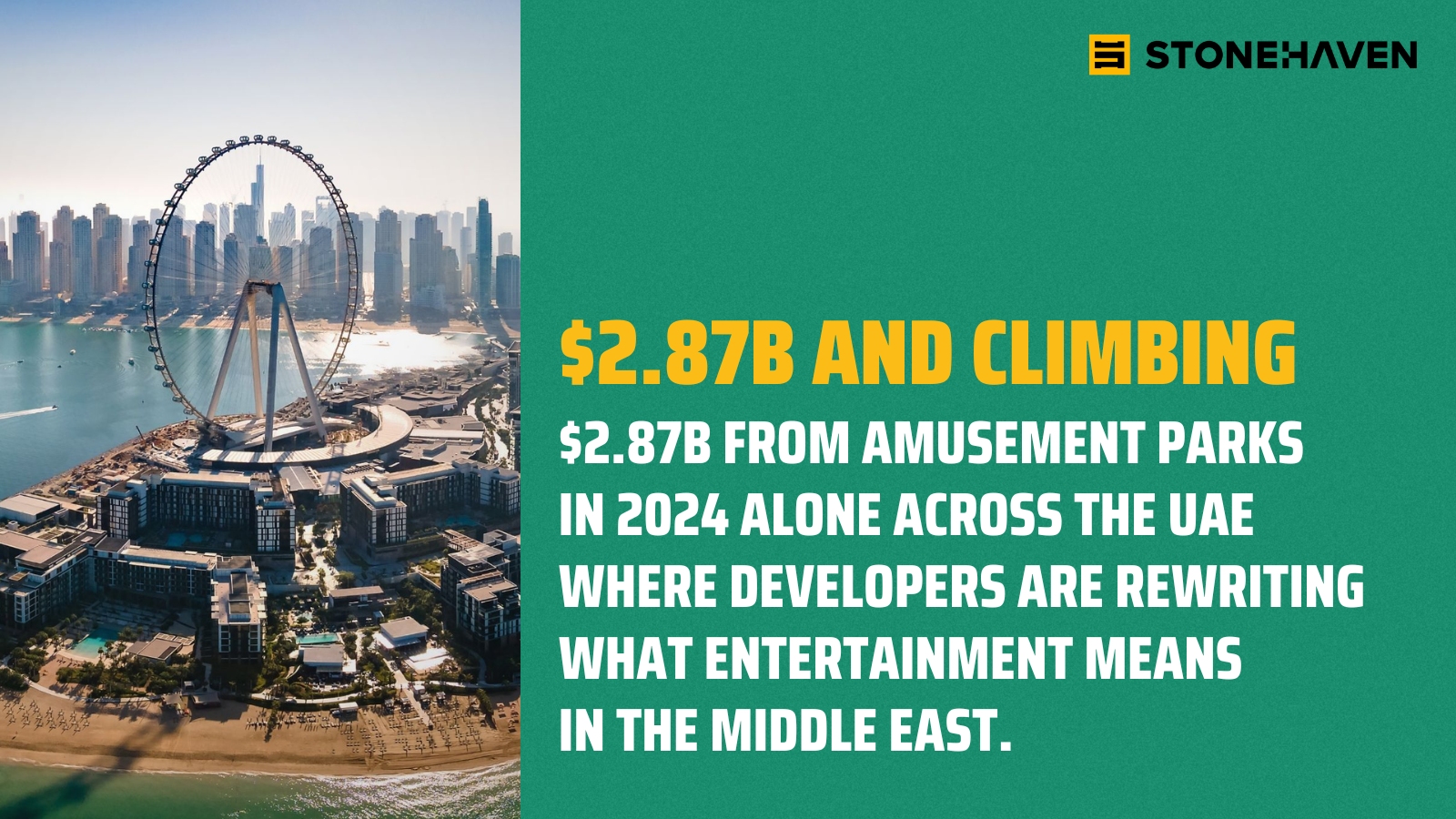
The transformation of Yas Island is one of the Middle East’s most remarkable real estate success stories. What was once a flat expanse of undeveloped coastal land has become a world-class entertainment district, real estate investment hotspot, and case study in integrated development.
It all began with Ferrari World in 2010, a bold project that signalled the UAE’s intent to merge speed, spectacle, and tourism. But the true innovation lay not just in the rollercoasters, it was in the masterplan. Yas Island was built with layers of value: theme parks, hotels, residential complexes, malls, sports arenas, beaches, and transportation systems all feeding into one another.
With the announcement of Disneyland Abu Dhabi, the island’s value proposition is skyrocketing once again. Off-plan property around Yas Bay, in particular, is seeing rising investor activity, especially for branded residences and hotel-serviced apartments.
Tourists are no longer passing through the UAE, they are staying longer, spending more, and returning for deeper experiences. Development Managers must therefore pivot their strategies from “project delivery” to “destination lifecycle management.” That means planning for guest retention, integrated visitor flows, seasonal revenue strategies, and smart logistics.
Projects like Yas Island are also showing regional governments how entertainment can anchor GDP diversification. Instead of focusing solely on luxury malls or exhibitions, governments are embracing emotional capital, spaces that foster joy, curiosity, and repeatable experiences. Development Managers like Stonehaven provide the behind-the-scenes infrastructure needed to translate those ambitions into lasting architectural, financial, project legacies.
What Do Thematic Projects Mean for Hospitality Development?
The rise of theme parks in the UAE has sparked a revolution in hospitality design and operations. Guests no longer want a generic hotel experience, they want narrative, immersion, and convenience. The result? A new generation of entertainment-linked resorts that blend IP branding with architectural innovation.
Themed hotels, particularly those integrated with parks, are outperforming traditional accommodation models in both occupancy and revenue. Whether it’s a LEGO-themed room with interactive walls or a Disney resort with curated dining experiences, hospitality has become a platform for storytelling.
In the UAE, this model is being adopted rapidly. Hotels near Yas Island offer bundled packages, character breakfasts, and park priority access. The upcoming Disneyland resorts will likely raise this standard further, with unique room types, smart tech experiences, and culturally localized storytelling that nods to both Arabian heritage and Disney magic.
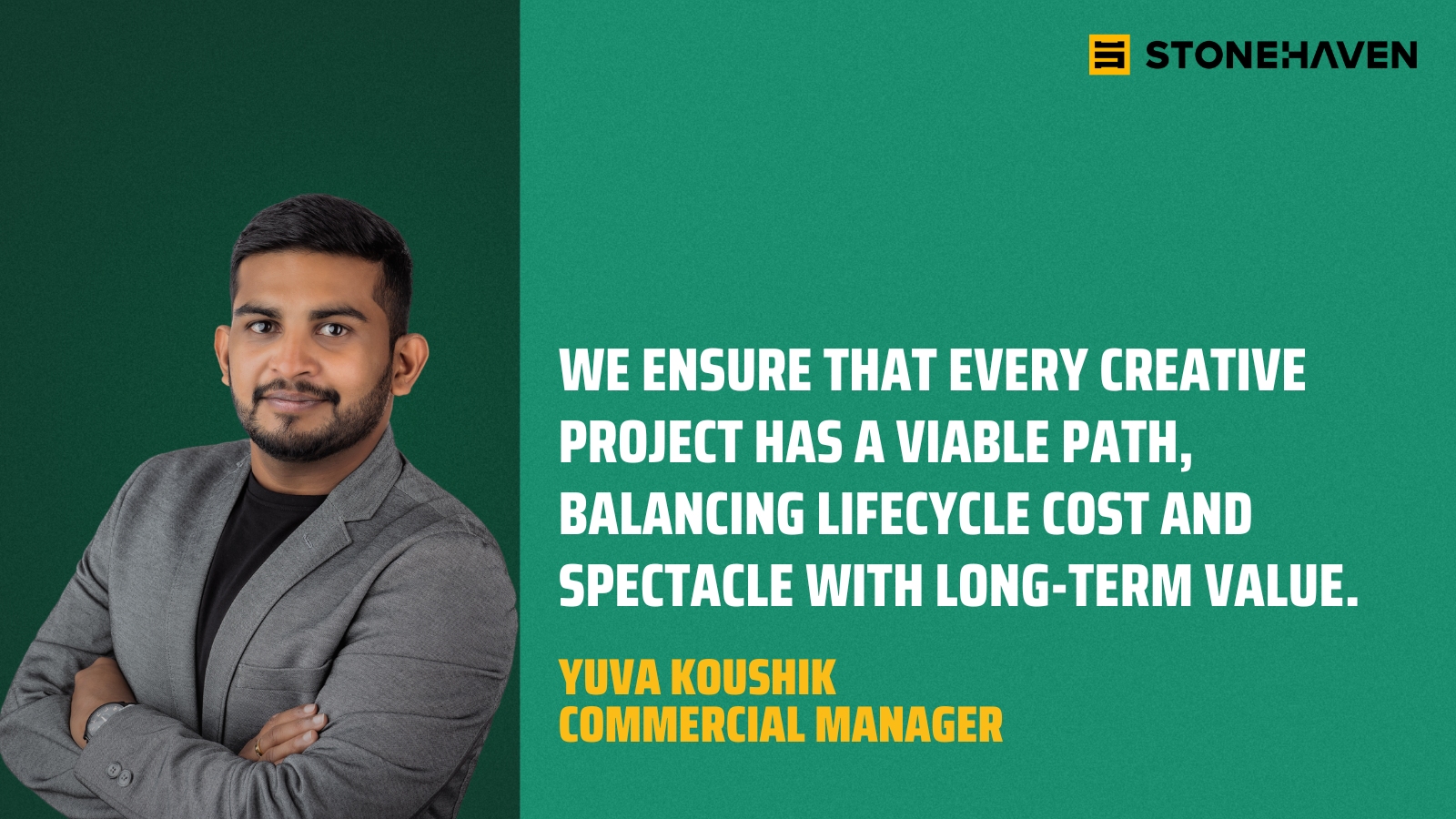
This shift requires new forms of cost and development management. Coordination must now include branding teams, merchandise rollout plans, guest experience designers, and tech integrators. For Stonehaven, that means managing everything from HVAC systems that respond to occupancy data to well-designed hotel lobbies.
Additionally, ESG frameworks are driving hospitality decisions. Clients expect zero-waste operations, renewable energy sourcing, and smart water systems. Development Managers are no longer judged by build time alone, they’re assessed on lifecycle sustainability, user satisfaction, and operational fluidity.
At Stonehaven, we integrate lifecycle costing into the earliest design phases, evaluating how façade selections, MEP systems, and operational layouts will impact long-term OPEX and guest retention strategies.
The Latest Updates on Entertainment Projects in the Middle East
The UAE may have pioneered the entertainment-city model in the Gulf, but it is no longer alone. Across the region, governments are investing heavily in theme parks and experiential zones to compete globally and future-proof their economies.
Theme parks in the Middle East are increasingly integrating advanced technologies to enhance visitor experiences:
● AI and Facial Recognition: Implementing AI-driven systems for ride occupancy monitoring and facial-recognition ticketing to streamline operations and reduce wait times.
● Digital Twin Modeling: Using digital twins for real-time monitoring and maintenance of park infrastructure.
● Sustainability Initiatives: Incorporating renewable energy sources, smart water systems, and zero-waste operations in line with ESG frameworks.
Technology is a key driver of this evolution. From drone-enabled site inspections to AI-optimised ride queuing systems and facial-recognition ticketing, the future is deeply digital. For Development Managers, this means engaging with cybersecurity consultants, data architects, and digital twin modelers, on top of traditional contractors.
At Stonehaven, embracing these shifts means upskilling continuously, collaborating with tech-forward suppliers, and ensuring that development timelines can flex to integrate late-stage innovations without compromising delivery.
Conclusion
Theme park developers are no longer just architects of fantasy, they are agents of urban transformation. Their work intersects real estate, transportation, energy, technology, and identity-building. In the UAE, their influence has reshaped skylines, reinvented hospitality, and redefined how cities compete globally.
Projects like Yas Island exemplify the power of entertainment infrastructure to deliver far-reaching benefits. But behind these visible successes lies a complex orchestration of talent, timelines, and technologies. Development management firms are the conductors of this orchestra, ensuring that the symphony plays on time and in tune with future demands.
Development Managers must reconcile creative intent with commercial viability. For Stonehaven, that means supporting design decisions with VE alternatives, CAPEX benchmarking, and long-term ROI mapping across FF&E, rides, and guest area programming.
As the Gulf races to diversify its economies, attract new demographics, and assert cultural leadership, theme parks are evolving from novelty to necessity. The cities that lead in this space will be those that invest not only in spectacle, but in strategy.
For construction stakeholders, the message is clear: entertainment is no longer an add-on. It’s a driver of the next urban chapter. And development management is what turns vision into velocity.
About us
At Stonehaven, we are one of the UAE’s premier development management consultancies, we specialise in turning ambitious concepts into fully realised destinations that drive value across tourism, real estate, and entertainment sectors.
We are trusted by developers, global brands, and public sector entities to navigate the intricacies of high-impact, multi-stakeholder developments. From feasibility and early-stage planning through to execution and operational readiness, we manage every phase of a project with precision, transparency, and a future-facing mindset.
Our team integrates cost control, consultant coordination, stakeholder engagement, regulatory approvals, ESG strategy, and construction intelligence into a single, seamless process. We understand the dynamics of themed entertainment, hospitality, and large-scale tourism infrastructure, ensuring that every aspect of a development is aligned not only to design intent but to long-term performance and public impact.
Stonehaven’s strength lies in our ability to anticipate complexity before it becomes a challenge. We work across disciplines, geographies, and timelines to ensure projects are delivered on time, on budget, and to the highest standards of quality and sustainability.
We believe the future of development in the United Arab Emirates is immersive, resilient, and globally significant. And we’re proud to be consulting that future.

